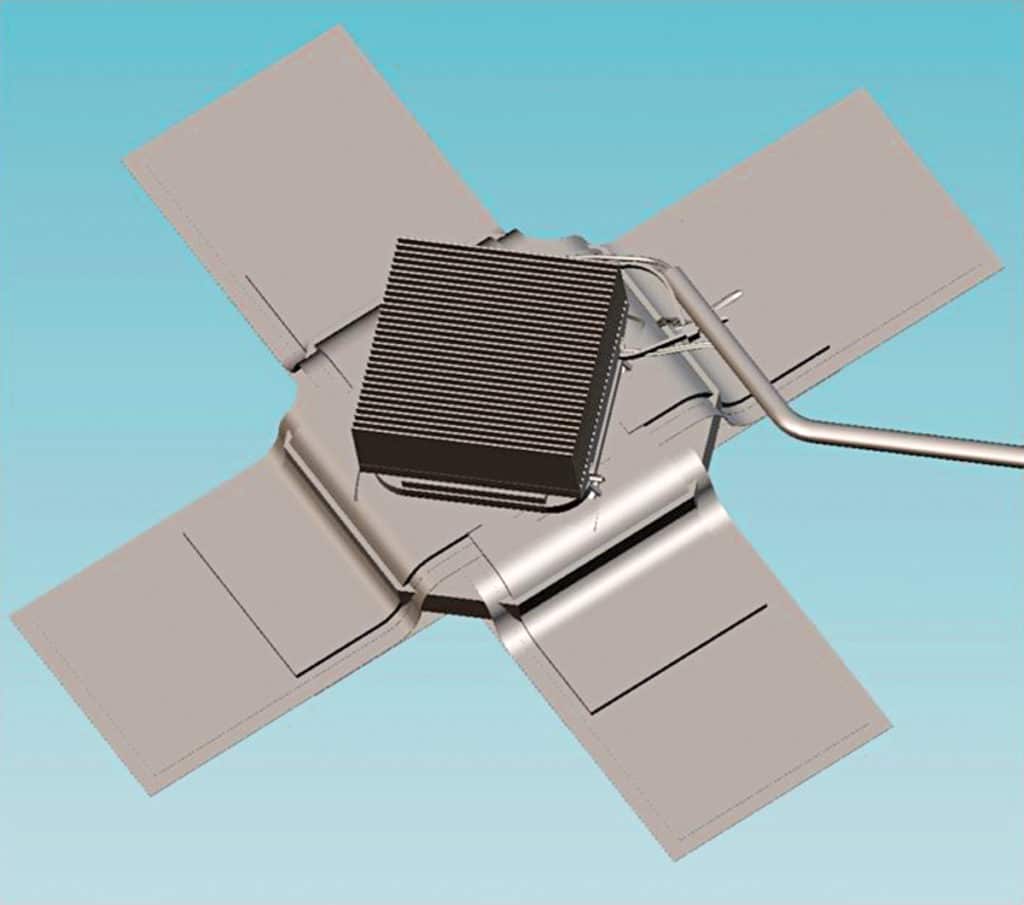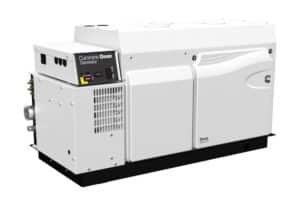
Promethient’s Thermavance is the first heating-and-cooling system for helm seats—including those that are exposed to the elements—that uses thermoelectric devices, graphene, dedicated heat sinks and electronic controls.
The system, which is factory-installed below a seat’s cover, is fairly simple in terms of how it works. The thermoelectric devices are sandwiches with a ceramic layer, a layer of semiconductor pellets in a series circuit, and another ceramic layer. When electrical current is applied, one ceramic layer warms while the other one cools; reverse the polarity and the opposite occurs. Graphene is a highly thermally conductive material composed of single-atom-thick platelets of carbon; it acts like a conduit web that transfers heating or cooling to the seat’s occupant. The heat sink is blower-cooled and disperses unneeded heat. Users can set their electrical controls at low, medium and high.
Promethient made its marine-industry debut in January 2020, right before the pandemic began. “[COVID-19] was, and still is, our biggest challenge,” says Bill Myers, Promethient’s CEO. While patience is involved in getting the product into displays at boat shows and then into consumers’ hands, Promethient got creative when dealing with supply-chain disruptions.
“Certain electronic components have increased in price and/or are subject to extremely long lead times—in some cases exceeding one year,” Myers says. So, the company “redesigned key system components to eliminate [parts] that are difficult to source.”
Take the next step: thermavance.com







